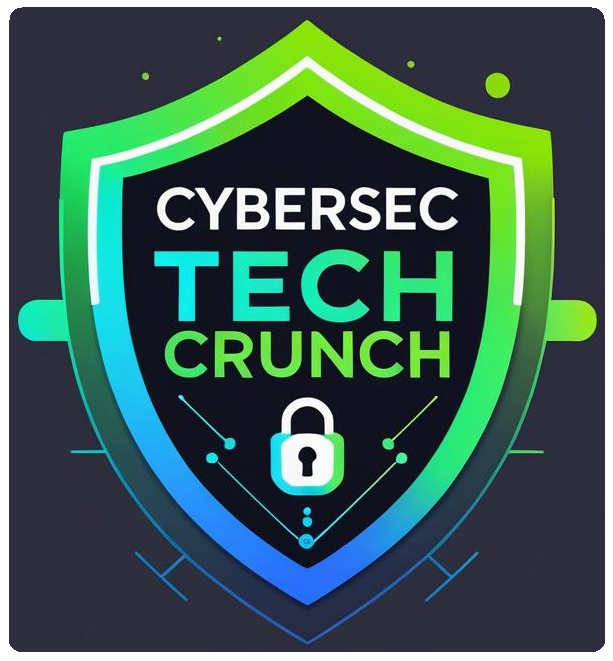Zero Trust Architecture: Trust No One, Verify Everything

Zero Trust Architecture: Trust No One, Verify Everything
In a world where the traditional network perimeter has all but disappeared, the old ways of protecting digital infrastructure no longer hold up. The rise of remote work, cloud computing, and increasingly sophisticated cyber threats has made one thing clear: we can’t afford to assume that anyone-or anything-is safe by default. That’s where Zero Trust Architecture comes into play, flipping the script on cybersecurity with a powerful yet simple principle: never trust, always verify.
Zero Trust isn’t just a buzzword-it’s a necessary shift in mindset. Gone are the days when security models were built like castles, with strong walls keeping threats out and everyone inside presumed safe. Today, attackers don’t need to storm the gates; they find a way in through a cracked window, like a compromised device, a stolen password, or an exploited third-party app. And once they’re in, the traditional trust-based models often give them too much freedom to move laterally, deepening the impact of the breach.
The beauty of Zero Trust lies in its radical caution. It assumes that every user, device, application, or connection is a potential threat until proven otherwise. That means constant validation-authenticating and authorizing each request based on real-time context like location, device health, user role, and more. It’s like checking the credentials of every person who walks through your door, every single time.
Implementing Zero Trust is not about distrusting your employees or partners-it’s about creating layers of security that don’t rely on assumptions. It’s acknowledging that credentials can be stolen, devices can be infected, and insiders can make mistakes. It’s an act of responsibility, not paranoia.
This approach isn’t theoretical-it’s already reshaping the security strategies of organizations across the globe. Tech giants, financial institutions, healthcare systems, and even governments are embedding Zero Trust principles into their operations. From segmenting networks and limiting access to enforcing multi-factor authentication and continuous monitoring, the focus is on minimizing the blast radius when things go wrong.
Of course, adopting Zero Trust isn’t an overnight fix. It requires a cultural and technical transformation. Teams need to rethink access control policies, invest in identity management, and redesign their infrastructure to support granular enforcement. But the effort is worth it. In a world where breaches are a matter of when, not if, Zero Trust gives organizations a fighting chance to contain the damage before it spirals out of control.
At its heart, Zero Trust is about resilience. It’s about recognizing that trust should be earned-and constantly reevaluated. As we continue to build digital ecosystems that are open, fast-moving, and increasingly complex, this model serves as a much-needed guardrail. Because when it comes to cybersecurity, blind trust is a risk no organization can afford to take.
























